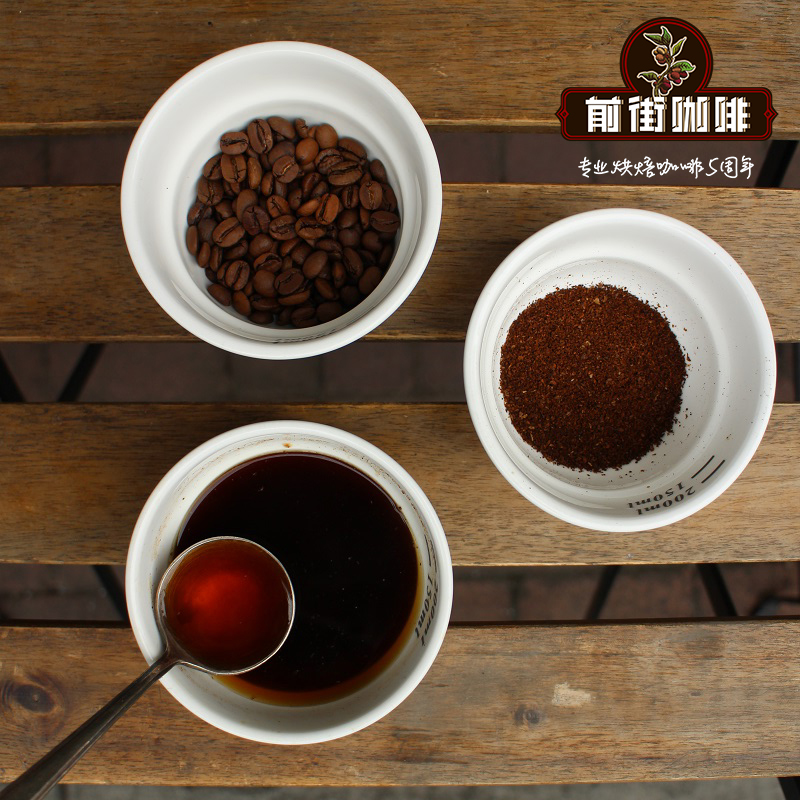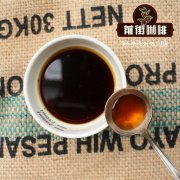How do you score each of the eight scoring items in the coffee cup test?
How do you score each of the eight scoring items in the coffee cup test?

The first score item: cleanliness (Clean cup)
Cleanliness is a very important and necessary condition for high-quality products, which is the defective taste without defects and stains (complete freedom from taints or faults). Coffee has bad taste and touch, such as rotten, earthy taste, medicine iodine taste, fermented acid, rubber, onion, astringency and so on, which all means that it is not clean enough.
The second score item: sweetness (Sweetness)
Sweetness not only means that coffee cherries are harvested in the best ripening period, not mixed with unripe beans, but also represents the excellent quality of coffee. Only when freshly ripe coffee cherries are processed into raw beans, can we get better sweetness. There are also many kinds of sweetness, such as sugarcane sweetness, caramel sweetness and so on, which can be noted in the evaluation. If sweetness is astringent and sweet stays in the mouth for a short time, the sweetness score will not exceed 6 points.
The third score item: acid quality (Acidity)
Sour, good acidity is not like vinegar, even if it is bright and lively, you can detect many kinds of acidity, such as citrus, berries or sweet lemons, as well as the sweet and sour melons like cantaloupe or the crisp acidity of freshly ripe apples. The above acids are of high quality; bad acids are like unripe fruit or acetic acid, and some bad acids are like overripe fruit or rotten fruit, and fermented acid or rotten acid can be detected.
Fourth score item: oral tactile sensation (Mouth feel)
The evaluation of oral tactile sensation is not to measure taste. It belongs to the substance and tactile sensation felt by the mouth. The sense of grease, viscosity, and quality all constitute mouth-feel. For example, milk and water have much higher tactile sensation, while thick soup and clear soup have much higher consistency and tactile sensation than the latter.
The fifth item is very important: sipping flavor (Flavor)
The taste of sipping includes all kinds of taste and smell, even the aroma felt in the nasal cavity and the touch of the mouth all belong to this evaluation. During the CoE cup test, because 8 samples are often tested at a time, the AROMA item cannot be measured immediately, so at the beginning, the aroma is only marked by pleasure and displeasure, but when sipping air is used for this evaluation, the tester can include the aroma felt by the tester. Including the various tastes tested or drunk, it can be said that sipping flavor is a very important evaluation, and it is also a basis for testing the characteristics of cup coffee samples.
Sixth item: aftertaste (Aftertaste)
After sipping, the taste or aroma or touch that still stays in the mouth, and the good flavor stays for a long time, such as sweetness, remains clearly in the mouth or even scattered after sipping and spitting coffee, then the score of this item will be high, on the contrary, there is no aftertaste, or very short, the score is low.
Seventh item: degree of balance (Balance)
Refers to whether each evaluation of coffee is balanced, for example, although the acid is bright, it still turns sweet? The touch is sticky but not astringent? Are the various flavors of coffee harmonious? If yes, the score of this item will be high.
The eighth item: overall evaluation (Overall)
Coffee is excellent on the whole and attracts you? Or is it normal? Or do you not like her at all?
This evaluation is the overall assessment of the tester, and can also reflect his personal preferences.
Important Notice :
前街咖啡 FrontStreet Coffee has moved to new addredd:
FrontStreet Coffee Address: 315,Donghua East Road,GuangZhou
Tel:020 38364473
- Prev

"Cup test" tasting how to adjust the essential taste of beans?
"Cup test" tasting how to adjust the essential taste of beans? Today, let's take a look at what is a "cup test." the so-called cup test: a very straightforward way of saying that a cup test is a coffee cup test. of course, the test is not the material of the cup, but the quality of the coffee in the cup! Also because of the cup testing behavior, the cup tester certification promoted by the American SCAA Fine Coffee Association was born accordingly, while the "cup test"
- Next

What is the function of using flavor wheel in cup test? How to taste the flavor?
What is the function of using flavor wheel in cup test? How to taste the flavor? The flavor wheel is a tool designed for coffee cup testers to express the composition and principle of coffee aroma. Here are some tips for using Flavor Wheel and how to use it correctly! STEP.1 concept this coffee flavor wheel can be used by both coffee lovers and professional cup testers, with a focus on "tasting coffee carefully".
Related
- Detailed explanation of Jadeite planting Land in Panamanian Jadeite Manor introduction to the grading system of Jadeite competitive bidding, Red bid, Green bid and Rose Summer
- Story of Coffee planting in Brenka region of Costa Rica Stonehenge Manor anaerobic heavy honey treatment of flavor mouth
- What's on the barrel of Blue Mountain Coffee beans?
- Can American coffee also pull flowers? How to use hot American style to pull out a good-looking pattern?
- Can you make a cold extract with coffee beans? What is the right proportion for cold-extracted coffee formula?
- Indonesian PWN Gold Mandrine Coffee Origin Features Flavor How to Chong? Mandolin coffee is American.
- A brief introduction to the flavor characteristics of Brazilian yellow bourbon coffee beans
- What is the effect of different water quality on the flavor of cold-extracted coffee? What kind of water is best for brewing coffee?
- Why do you think of Rose Summer whenever you mention Panamanian coffee?
- Introduction to the characteristics of authentic blue mountain coffee bean producing areas? What is the CIB Coffee Authority in Jamaica?

